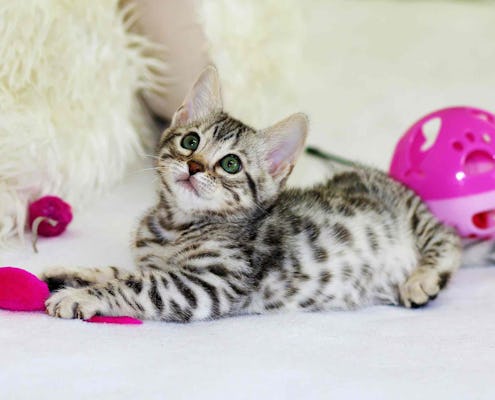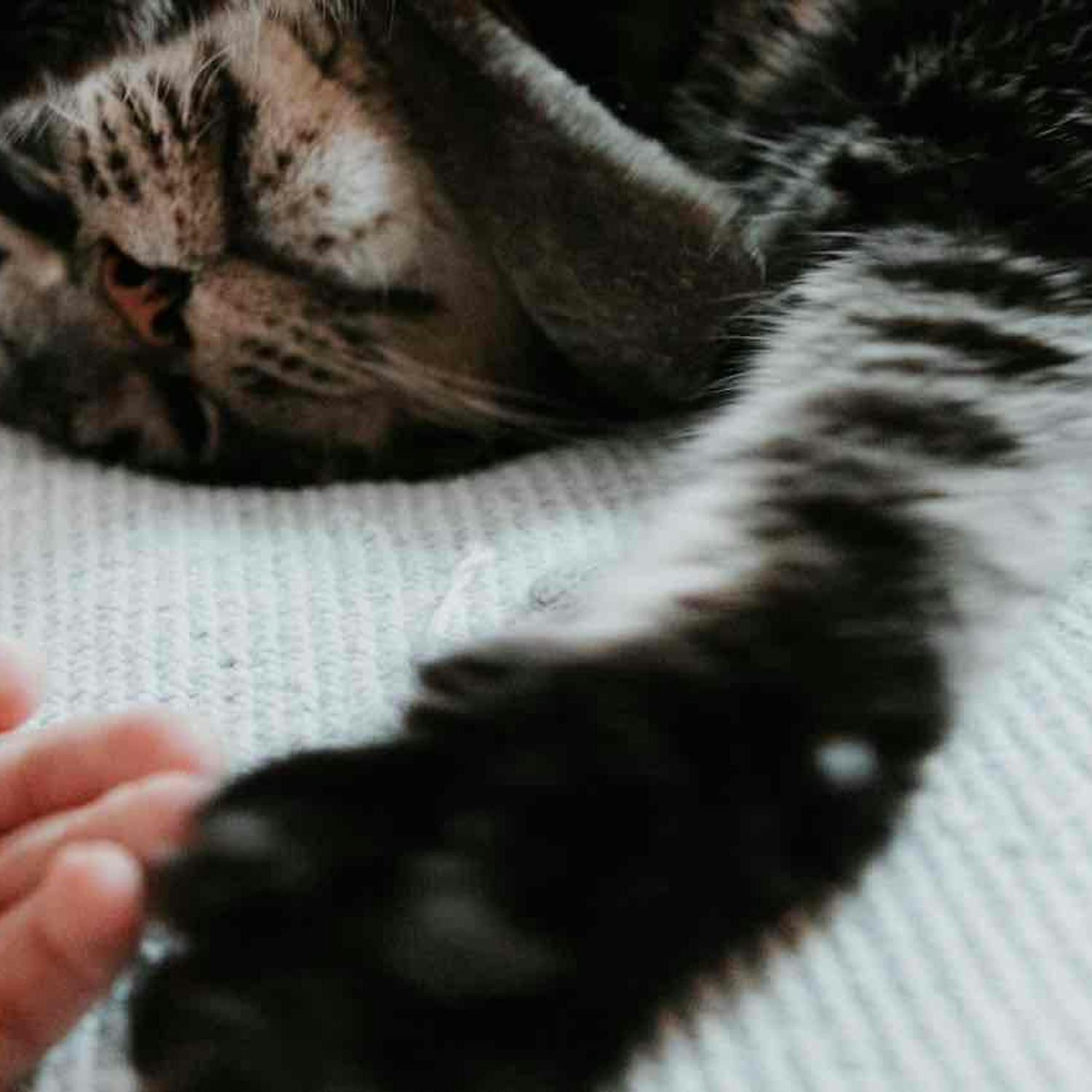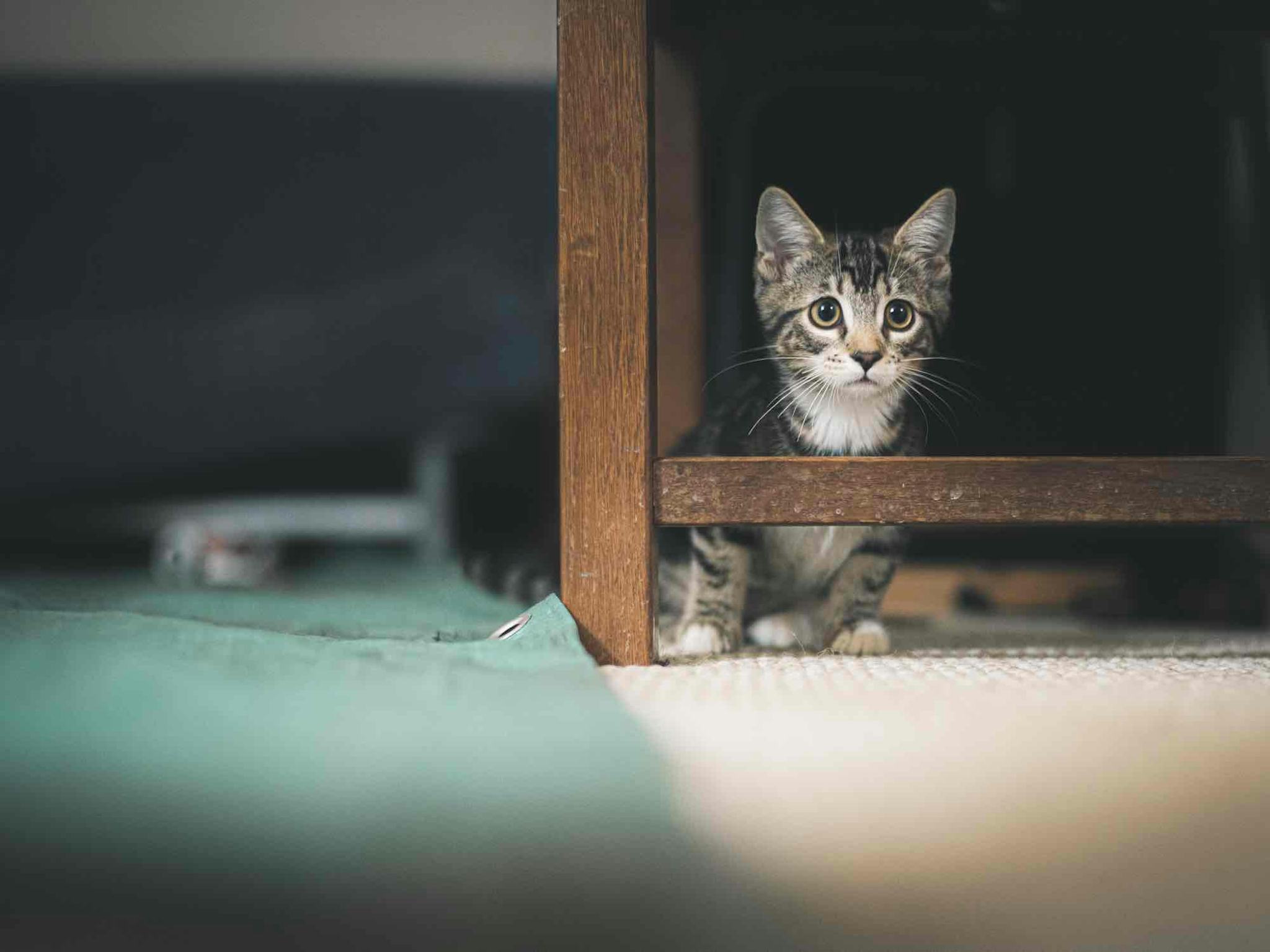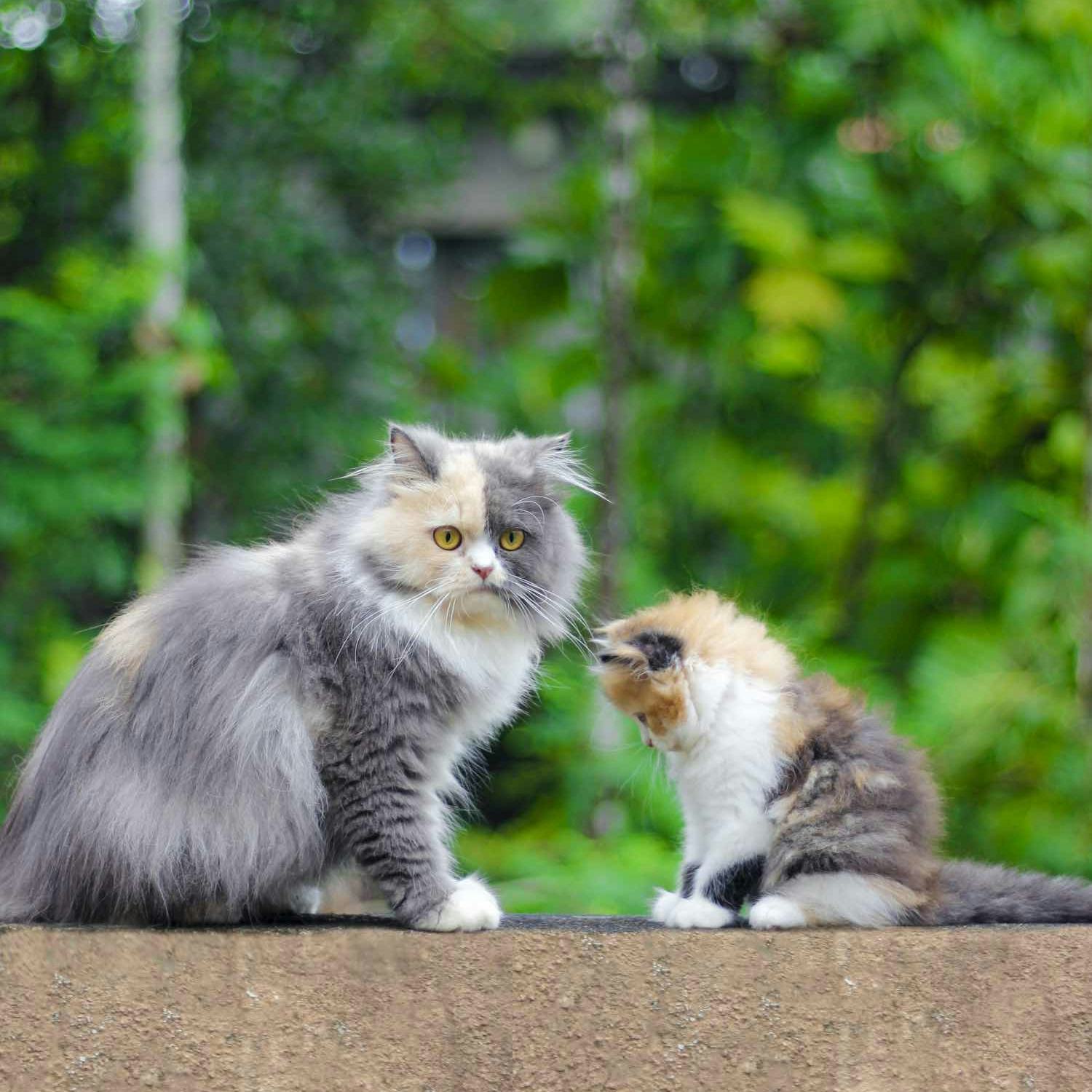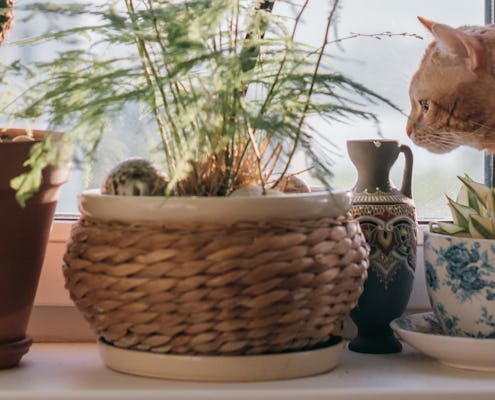How To Introduce Another Cat Or Kitten To My Cat
Cats are routine creatures and very territorial. Changing a cat’s home/environment can be a stressful experience especially for a kitten who is not only getting a new home but also leaving behind his mum and littermates. It can be even more stressful when there are already pets living in your home.
There are things you can do to minimise the stress caused during this transition and when followed can create positive bonds between your pets allowing them to be friends forever. Rather than vicious enemies.
If you don’t have other pets please check out our other article Bringing Your New Cat Or Kitten Home
Setup Base Camp
Before you bring your new cat or kitten home find a quiet, safe room ready for them. A spare room works well if you have it, if not, any smaller room is okay as long as it’s quiet. Don’t use your existing cat’s room or a room that they frequent. Ensure that there are places the new cat can hide so they can feel safe. Put every thing in there that your new cat will need:
- Kitty litter tray
- Food and water bowl. Place their food and water bowl away from each other as cats don’t like their food and drink close to one another. Also, make sure their food and water are away from their litter tray.
- Their bed/blankets
- Scratchy post
- Toys
Make sure none of your other animal’s items are in this room.
The other thing to do before bringing your new cat or kitten home is to stop “free feeding” your existing cat but switch to set meal times. This may sound strange but it will make things easier for the introduction process.
Settling Your New Kitten
Place your cat carrier with the new cat inside in this room. Ensure that any items that came with your new cat or kitten (ie blanket, soft toy etc) are still in the carrier as this will have a familiar scent and will help in alleviating stress and assisting you with a pleasant transition. Open the door to the carrier but do not force the cat to come out. Let them come out on their own. They will likely come out and explore a little and then race back in. This is normal behavior. If you have other animals in the home do not let them into this room or to see the new cat yet. Doing so could cause so much stress and fear it will permanently damage the bonding chances between your new cat and the other animals in the home.
Get to Know the Humans
Calmly and quietly have different members of the family come into this room, allow the new cat to come up to them and head back to their box when they need. Don’t force or chase them, let them approach you. Having treats on hand or playing with your new cat using a toy (never use your hands as a toy) is really good as it reinforces positive things with you and your family. Wand toys are a good choice of toy as it keeps hands well away while playing.
Give your new cat or kitten a little time to settle into his basecamp before moving to the next step.
Get to Know the Competition
The goal of this step is to create positive experiences when they smell the scent of the other cats in the house. The way we do this is by swapping bedding/blankets allowing the new cat to smell the bedding of your current cat and vice versa. If you don’t have easily removable bedding get an old towel and rub it over your existing animal including under the chin/neck to get their scent onto the blanket. As they are sniffing the other cat’s/kitten’s blankets offer treats, this creates positive reinforcement that the other pet is a good thing. You can also place the blanket under their food bowl so as they are eating, something they love, they are smelling the other scent. Do this until they no longer run away from the smell and seem comfortable with that towel or blanket being around.
Share A Meal
Take the scent swapping to the next level by feeding all their meals on either side of a closed door. This is still all done without either cat seeing each other. This works best if the cats have set meal times and not free feeding. Start feeding a bit back from the door where they are comfortable eating and each mealtime bring them closer and closer. Continue doing this until they are about half a metre from the door and are both comfortably eating without being nervous, running away, hiding, etc.
Introducing the Rest of the House
Once your new cat or kitten is comfortable in the basecamp room they will naturally want to start exploring the rest of the house. Take your resident cat and put them in another room of the house. Take some of the new cat’s things and place them in various parts of the house, such as over the couch or on the floor (if you don’t want him on the couch don’t put it on the couch). Open the door and allow the new cat to come out and explore. Keep the door open so they can return at any time they might feel scared or overwhelmed. Like in previous steps do not force any of this exploring, allow them to explore at their own pace. Keep doing this until they feel comfortable. Depending on the cat this may take hours, days, weeks or even months. Signs that they are comfortable are: approaching you happily, willing to play, eating normally as opposed to being skittish and hiding. They will let you know when they’re ready to move out of base camp.
Once the new cat is comfortable with the home put them in another room, one they will feel safe in and has somewhere to hide. Then allow your resident cat to explore the new cat’s room. Again you can use treats for positive reinforcement. Keep doing this until there’s no negative reaction when each cat smells the other’s scent.
Love At First Sight – Hopefully
Once they are eating comfortably on either side of the door, the next step is to open the door but place some sort of a divide between that is see-through, such as a baby gate (so long as they won’t jump over it) or a fly screen from one of your windows. Place each animals meal on either side of the opening, starting back where you first started. Initially drape a blanket over the gate and each meal bring their food bowl closer and raise the blanket a bit, doing this a bit more each meal time and allow them to enjoy a meal while seeing each other. Keep doing this until they are again comfortably eating on either side whilst in full view of one another.
First Contact
Once they are comfortable eating their meal in full view of one another it’s time for the next step. Lead one of the cats into the room with a toy or the promise of treats. Whatever appeals to that cat the most. Make sure they have something to do. Have the other cat in the other part of the room also with toys or treats. Have them moving/playing on opposite sides of the room. If either cat loses interest in the toys or treats and starts to stare down the other, separate them again. If the time together only lasts a couple of minutes that’s okay. End it on a high note and try again the next day. The object of this exercise is to get them to ignore each other. Every time the cats are in the same room together it’s important for good things to happen, that they have positive connections with one another. If this happens, eventually you’ll be able to get to the point where you can open the door and let them get to each other.
Check out this video for all these tips and more to ensure the smoothest cat to cat introduction.

